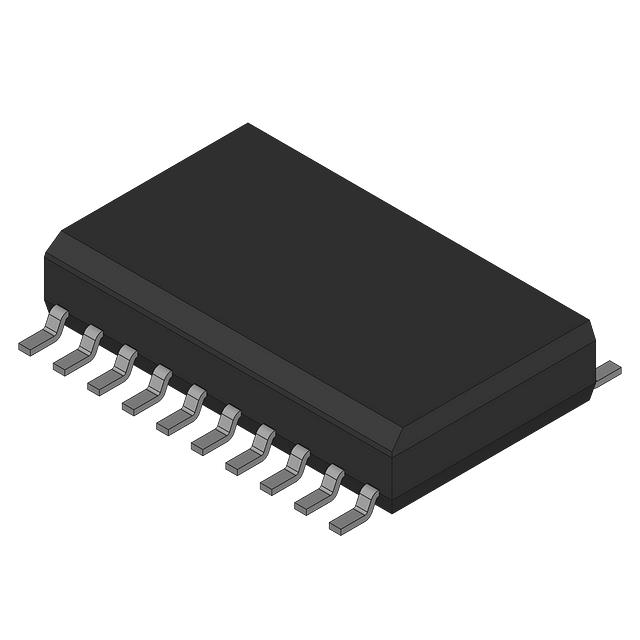SN74ALS233BDW
Manufacturer No:
SN74ALS233BDW
Manufacturer:
Description:
IC FIFO SYNC 16X5 30NS
Datasheet:
Delivery:





Payment:




In Stock : 1610
Please send RFQ , we will respond immediately.









SN74ALS233BDW Specifications
-
TypeParameter
-
Supplier Device Package-
-
Package / Case-
-
Mounting Type-
-
Operating Temperature-
-
Expansion Type-
-
Bus Directional-
-
Current - Supply (Max)-
-
Voltage - Supply-
-
Access Time-
-
Data Rate-
-
Function-
-
DigiKey ProgrammableNot Verified
-
PackagingBulk
-
Product StatusActive
-
Series*
The SN74ALS233BDW is a specific type of integrated circuit chip, known as a 3-state octal bus transceiver. Here are some advantages and application scenarios of this chip:Advantages: 1. High-speed operation: The SN74ALS233BDW chip operates at a high speed, making it suitable for applications that require fast data transfer. 2. 3-state outputs: It has 3-state outputs, which means it can be in three different states - high, low, or high impedance. This feature allows multiple devices to share a common bus without interfering with each other. 3. Wide operating voltage range: The chip can operate within a wide voltage range, typically from 4.5V to 5.5V, making it compatible with various power supply systems. 4. Low power consumption: It consumes low power, making it energy-efficient and suitable for battery-powered devices.Application scenarios: 1. Data communication systems: The SN74ALS233BDW chip can be used in data communication systems, such as UART (Universal Asynchronous Receiver-Transmitter) interfaces, where it facilitates the bidirectional transfer of data between a microcontroller and other devices. 2. Memory systems: It can be used in memory systems, such as RAM (Random Access Memory) or ROM (Read-Only Memory), to enable data transfer between the memory module and other components of a system. 3. Bus systems: The chip is commonly used in bus systems, where it acts as a transceiver to enable data transfer between different devices connected to a common bus, such as in computer systems or industrial automation. 4. Embedded systems: It can be used in various embedded systems, such as microcontroller-based projects or IoT (Internet of Things) devices, where it facilitates the communication between different components of the system.It's important to note that the specific advantages and application scenarios may vary depending on the overall system requirements and design considerations.
SN74ALS233BDW Relevant information
-
72V3613L12PFG
Renesas Electronics America Inc -
723641L20PFGI
Renesas Electronics America Inc -
72131L35P
Renesas Electronics America Inc -
72V3642L15PFGI8
Renesas Electronics America Inc -
72V3642L15PFGI
Renesas Electronics America Inc -
723641L20PFGI8
Renesas Electronics America Inc -
CD40105BKMSR
Renesas Electronics America Inc -
CD40105BHSR
Renesas Electronics America Inc -
CD40105BDMSR
Renesas Electronics America Inc -
CD40105BF3A
Texas Instruments







